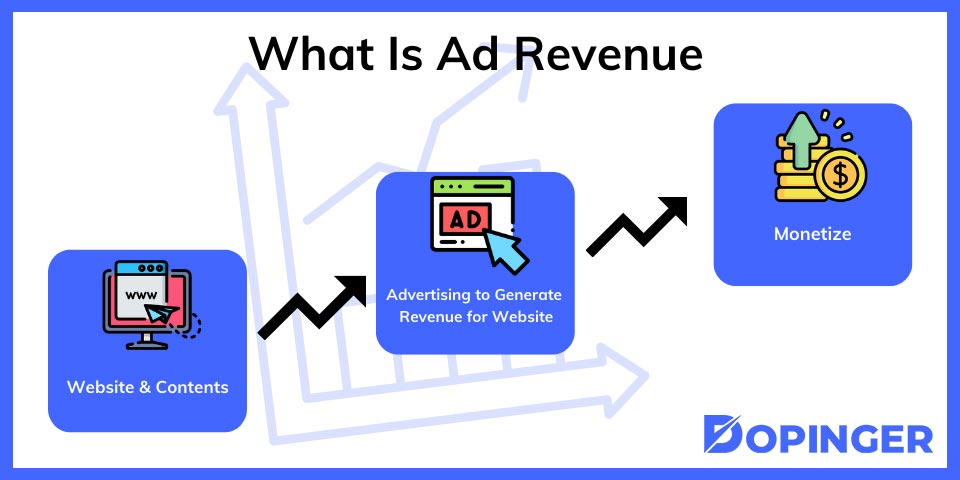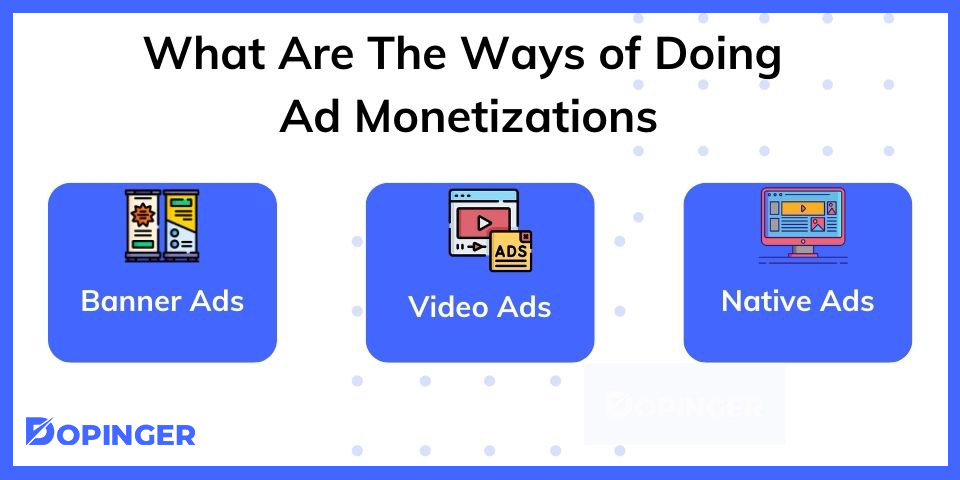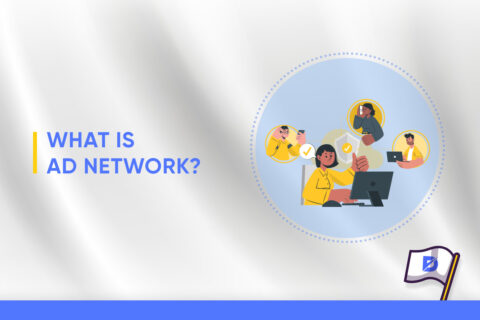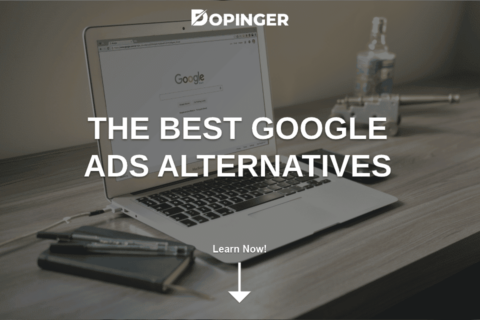We seek online ways to monetize our websites and mobile apps because we live in a digital world. So, it should be no surprise that website owners or mobile apps may wish to make money from their online business. This raises the question of how to generate money from our website.
Today, most companies are investing in digital ads. It’s challenging to downplay this trend’s significance in producing money because it never stops growing in popularity. Hence, ad monetization, a term related to making money from digital advertisements, comes to mind.
Therefore, in this article, we’ll offer you a complete guide on. Before giving you tips on using ad monetization, we’ll define the terms “ad monetization” and “ad revenue.” After reading this post, we hope you will know precisely what ad monetization is and how it works.
Introduction to Monetizing Ads: What Is Ad Revenue?
The process of monetizing your website or mobile app through the display of advertising and the receiving of revenue is known as ad monetization. The primary source of money when you use ad monetization to finance your website or mobile app is advertising. It’s known as ad revenue.

Ad monetization is the practice of using advertising to generate revenue for your website, app, business, or content. It is called a process because it emphasizes the actions taken from start to finish to monetize. It’s done to generate money through advertisements.
One of the most popular ways for website owners to make money is through digital ads. Ad revenue, or income obtained from the display of advertising, is now a reliable source of revenue. As a result, ad monetization aids in raising your advertising income.
What Are The Strategies for Monetizing Ads?
There are two approaches you can take when building your ad revenue plan. Advertising can either be your primary source of income or a secondary source.
When you rely only on the money from advertising as your primary source of income, you don’t create any other plans to make money. But when you utilize advertisements to supplement your income, you also employ other monetization techniques to make money. At this stage, you need to understand and identify the best advertising platforms for businesses.
You can choose the best model for your business depending on your preferences. Setting ad revenue as your primary source of money may be wise if you provide your users with free services. However, bear in mind that if you put too many ads on your online store, it can deter customers from making purchases.
What Are The Ways of Doing Ad Monetization?
Online research reveals that there are numerous ways to use ad monetization. These methods include banner ads, video ads, native ads, rewarded ads, and removing ads method.

You might be unclear about the best approach to implement if you want your online business to be profitable. Check out the following if you’re curious about the most well-known methods:
- Banner ads
- Video ads
- Native ads
Today’s most famous methods are video, native, and banner ads. Banner advertising, one of the most popular ad monetization methods, is excellent at grabbing and holding users’ attention. Small advertisements appear at the top or bottom of your website or mobile application. They are one of the most advantageous uses of ads on websites and mobile apps since they are simple and affordable.
Another way to monetize ads is through video apps. They are excellent at grabbing visitors’ attention and getting them involved. However, keep in mind that they won’t be able to see the video if there isn’t a wifi connection.
Unlike other approaches, native advertisements let you customize them to match your preferences and the layout of your website. You might accept native adverts if you share content on your blog because they might be more relevant to what you are telling your viewers. Visitors can see a native advertisement that promotes content similar to what they read after finishing an article.
Remember that each of the methods we listed above has benefits and drawbacks. Your optimal strategy will depend on your digital assets, business principles, and marketing tactics.
Conclusion
To wrap up, we talked about the issue of ad monetization in this article. We outlined the definition of “ad monetization” and the many forms of ads that are acceptable for placement on digital properties. We also gave you instructions on employing it for your online business.
It should be no surprise that ad monetization will continue to be popular in the future, given the increasing tendency toward online commerce and shopping. In light of this, we sincerely hope that this article has given you a clear understanding of what ad monetization is and how you can use it.
Frequently Asked Questions About
There are a few metrics to monitor your ad monetization results. The first one, clickthrough rate, is the percentage of users who view the web page and click on a specific ad. Viewability rate is the percentage of the ads users see. Lastly, the video completion rate is the percentage of the videos viewed till the end.
You may increase your ad revenue by integrating the ad with your content and placing it near your call to action, trying to create a balance between your ad space and content, and convincing your visitors to stay on your website longer.
To increase your ad revenue, you can definitely mix ad monetization with additional revenue methods. For instance, you might include a paid subscription-based ad removal approach on your website along with an ad. Ad-free access to your website may be an option for those who purchase a subscription.
The ability of ad monetization to make money off users is by far its primary benefit. Ad monetization allows you to monetize all users instead of only those who are willing to pay, as opposed to other monetization strategies like in-app purchases or subscriptions.
Even though ad monetization methods are advantageous, there are still some restrictions. As opposed to native ads, banner ads are less adaptable to the modification of information. Video ads could have technical issues, including a lost wifi connection. Videos may also be too long to hold viewers’ attention and motivate them to watch the entire thing. Native ads, however, might be challenging to monitor and take longer to create.





No comments to show.